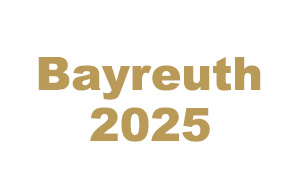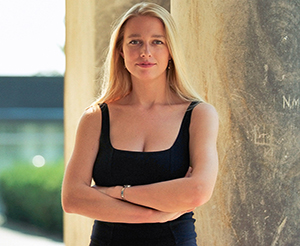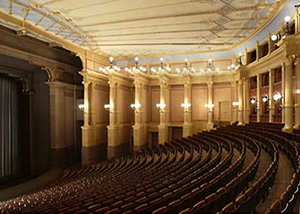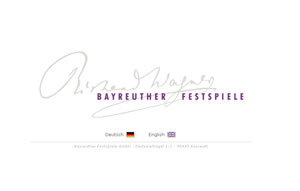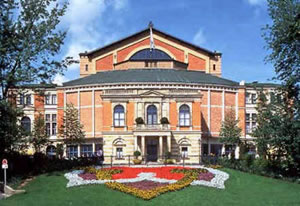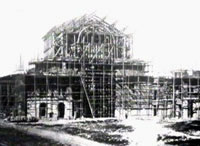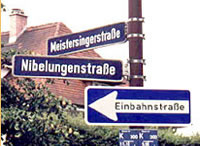
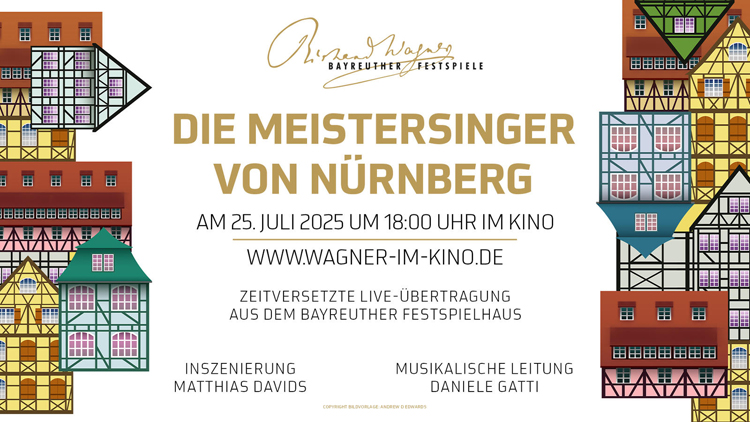 |
|
|
How to get tickets to the Bayreuth Festival Compared to other famous theaters, the Festspielhaus is small and plain: an amphitheatrical auditorium with a mere 1,925 seats. In contrast to such plush opera houses as La Scala in Milan or Covent Garden in London, its thirty rows of seats are wooden, un-upholstered, and do not even have arm rests. Following Richard Wagner's specifications, the floors are also made of wood and, to this day, remain uncovered since the carpeting might absorb the fabled sound and disturb its famous acoustics. In addition, to this day, the Festspielhaus continues to operate its summer festival without air conditioning. It is truly a place from another time. The Festspielhaus's singular world status begins with the fact that it is the only theater built from the ground up to the strict specifications and whims of one creative talent; erected to present exclusively the handful of works of this composer. From the premiere of "The Ring of the Nibelung" to this day, it remains a place to listen to the work of only one composer. This yearly summer classic is a mixture of time-honored traditions and adventuresome experimentation. So powerful are the festival's contrasting values that, at times, its dichotomy has threatened its very existence. However, the Festspielhaus survived two world wars, and it celebrated one hundred years of existence in 1976. In the initial years of its second century it is still thriving as the one and only, ideal place to experience Richard Wagner's operas.
Before each performance at Bayreuth, and towards the end of each interval of those works that are divided into acts, a group of brass players appears on the balcony above Ludwig's extension and plays a fanfare based on a motive from the act of the opera that is about to start inside. They play three times before the performance begins or continues. It is a great Bayreuth tradition, and the magnificent playing gives you a hint of what you will hear inside. Here are the motives used, as specified by Richard Wagner. And click the link above to see and hear the fanfares. TANNHÄUSER LOHENGRIN TRISTAN UND ISOLDE DIE MEISTERSINGER DER RING DES NIBELUNGEN PARSIFAL Richard Wagner did not specify a fanfare for Der fliegende Holländer, therefore before the start of this one act work, a motive from the opening of the overture is used. |
Opening Night of the 2018 Bayreuth Festival
|
| German Chancellor Angela Merkel attends the opening of the Bayreuth Festival with her husband Joachim Sauer and Dutch Prime Minister Mark Rutte. Also present on the red carpet, Czech Prime Minister Andrej Babiš and Bavarian President Markus Söder are booed by a small group of demonstrators chanting slogans in favour of migration policy. |
Click above to enter a database of performers and performances at the Bayreuth Festspielhaus, from 1876 to the present |

